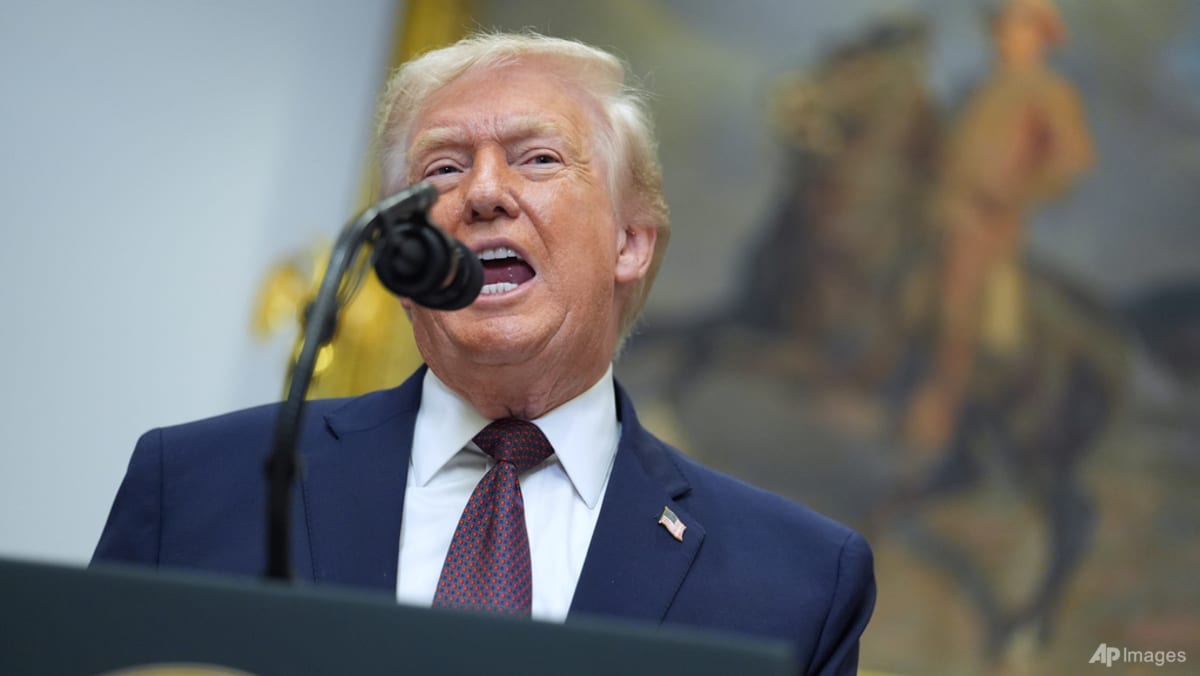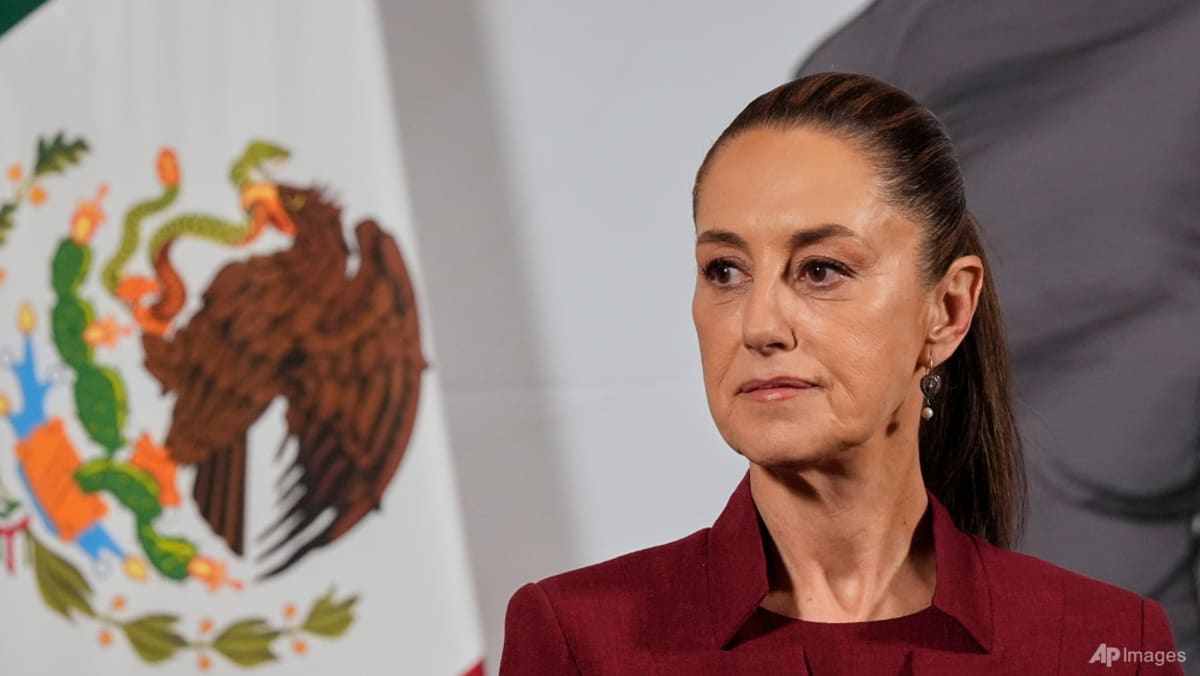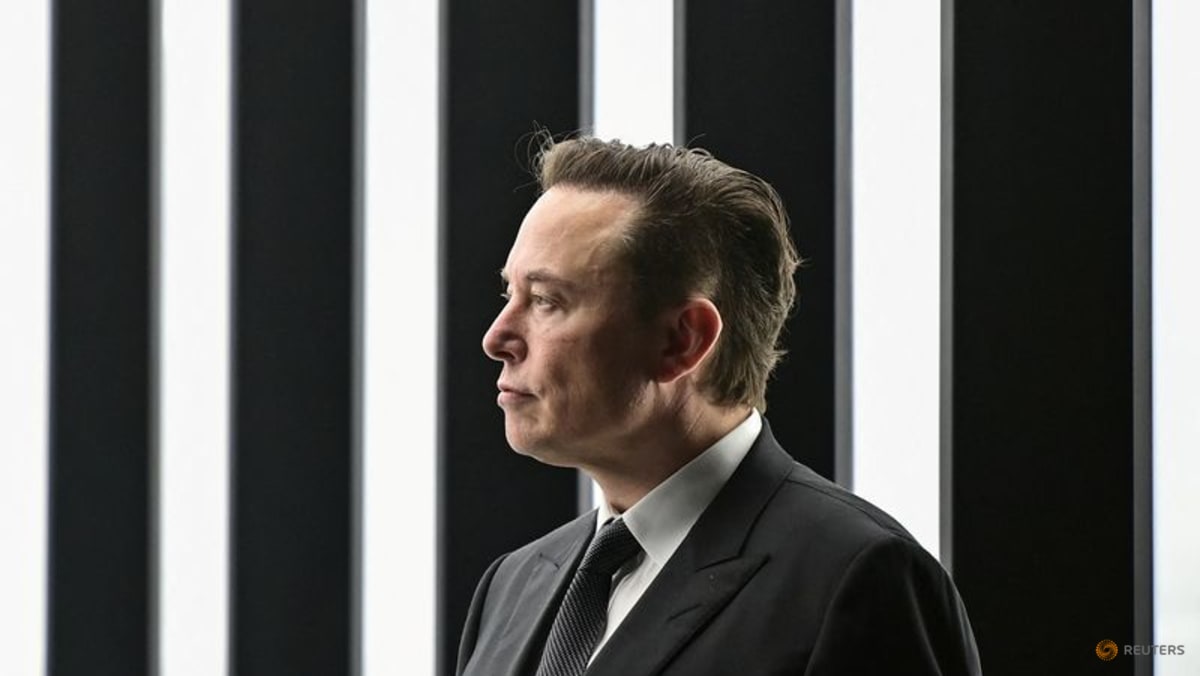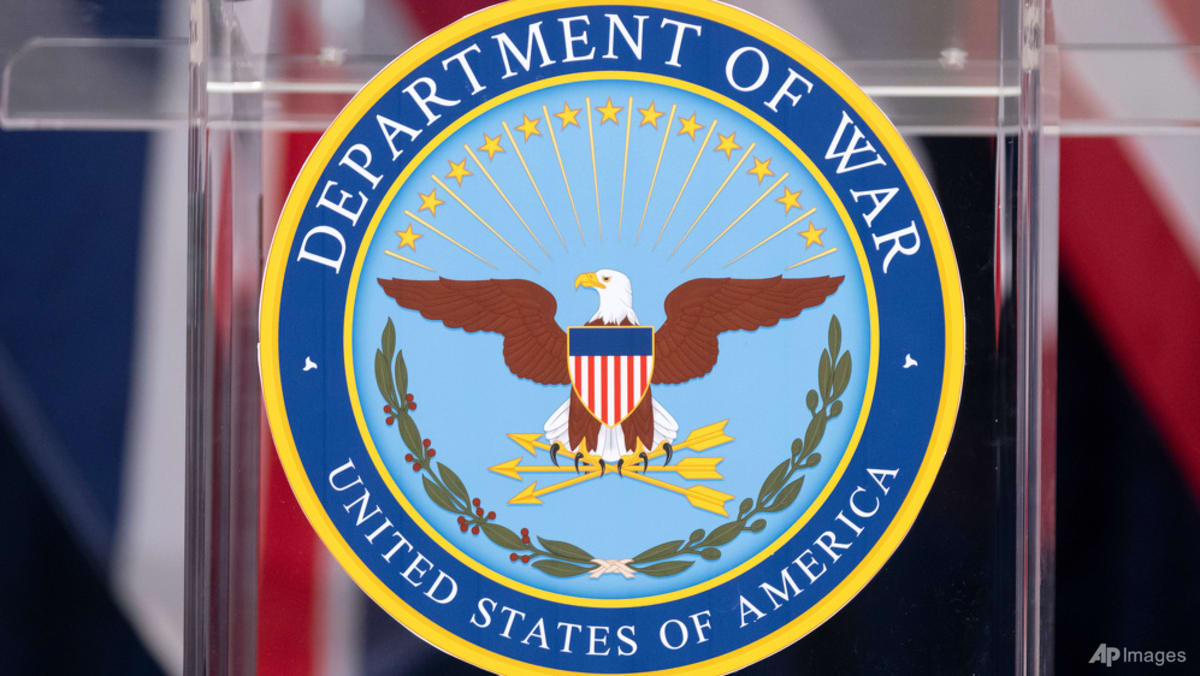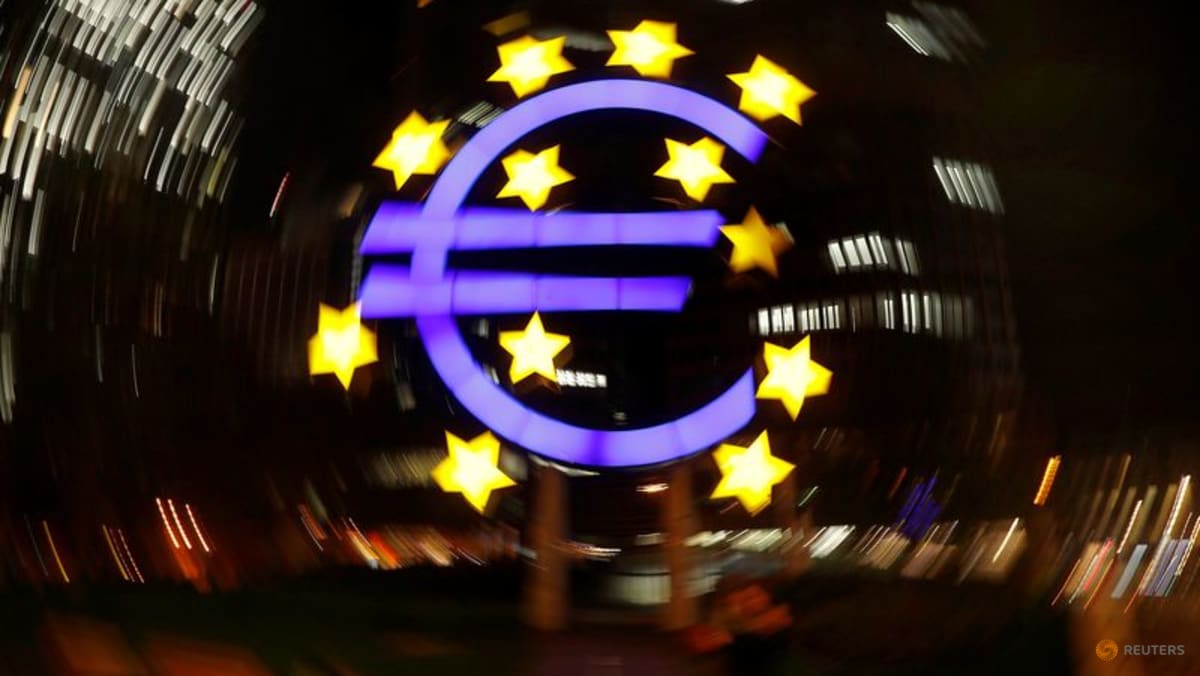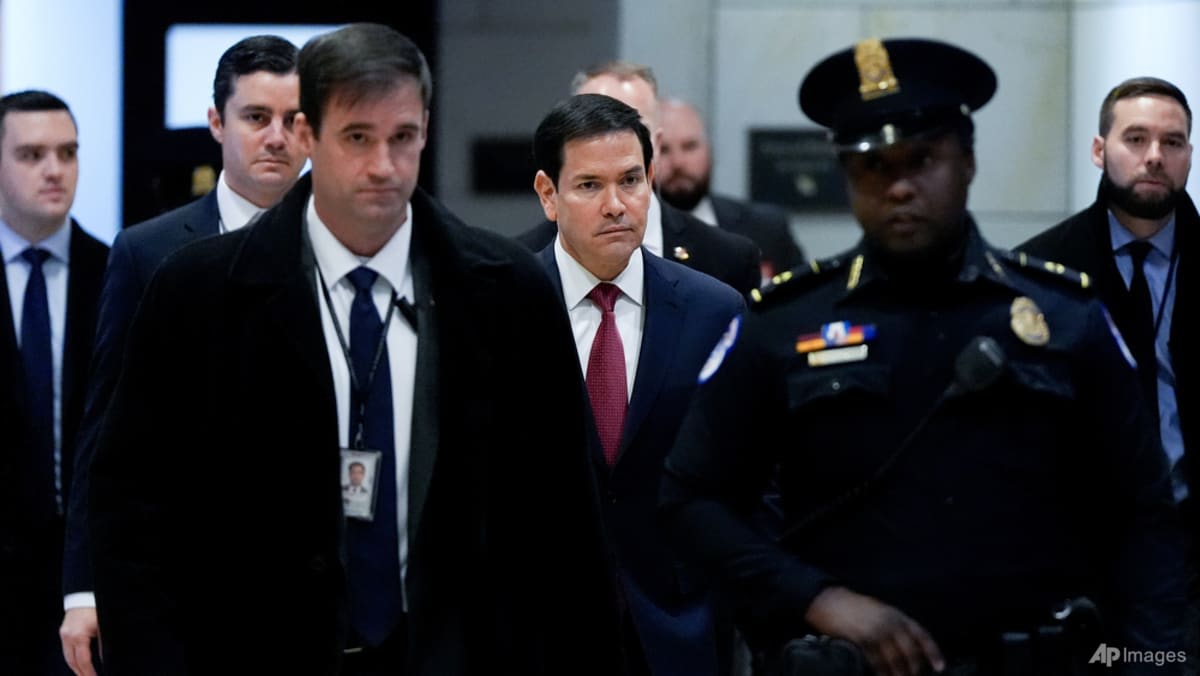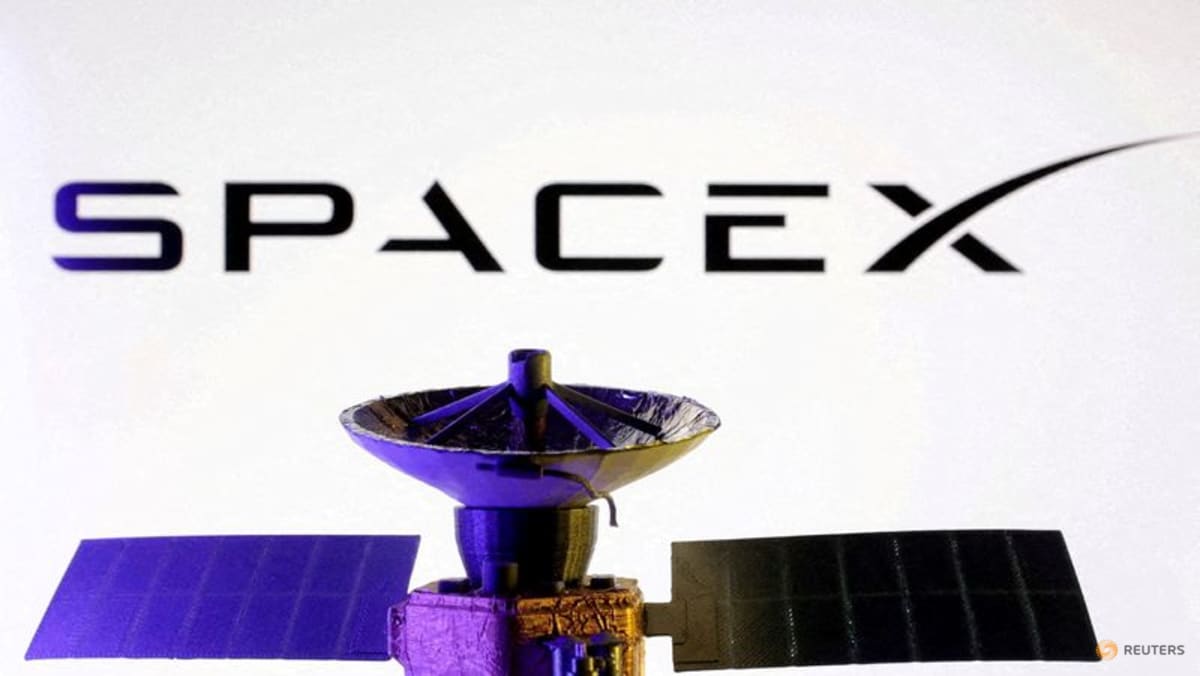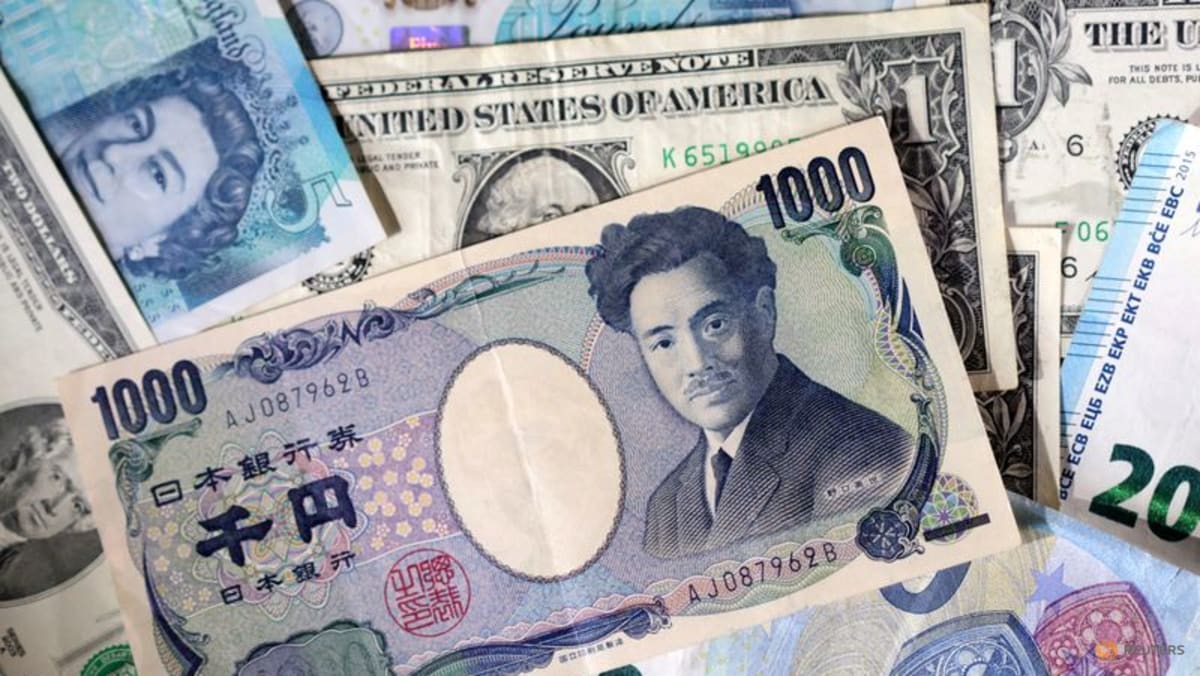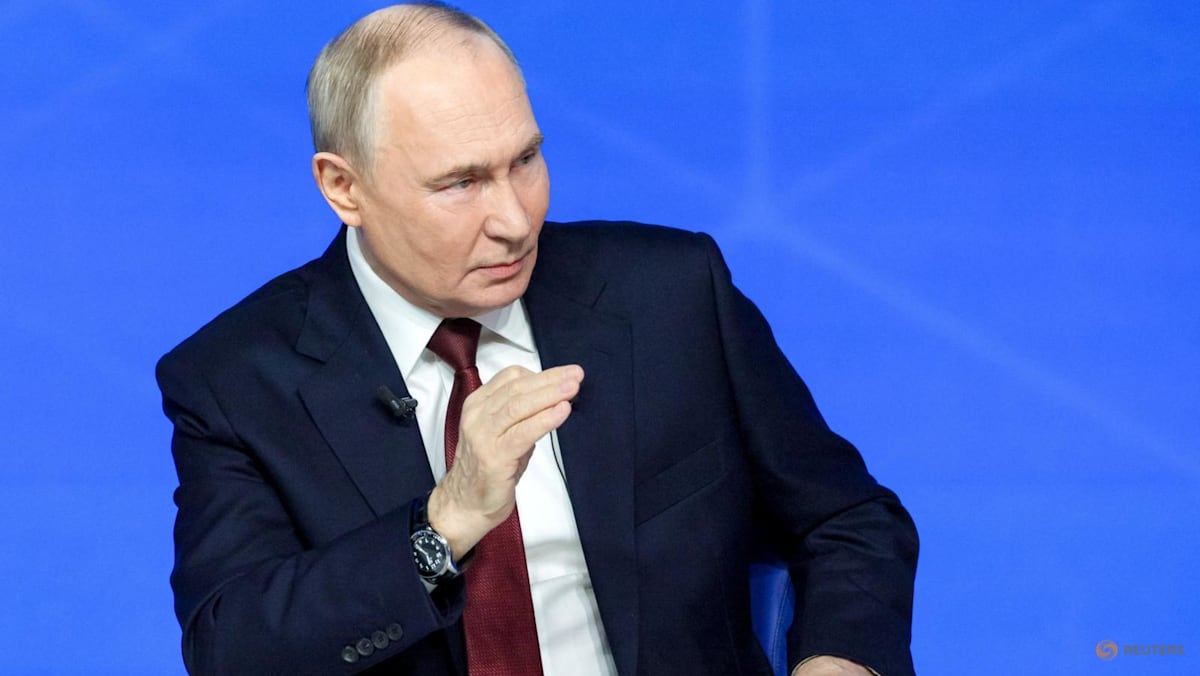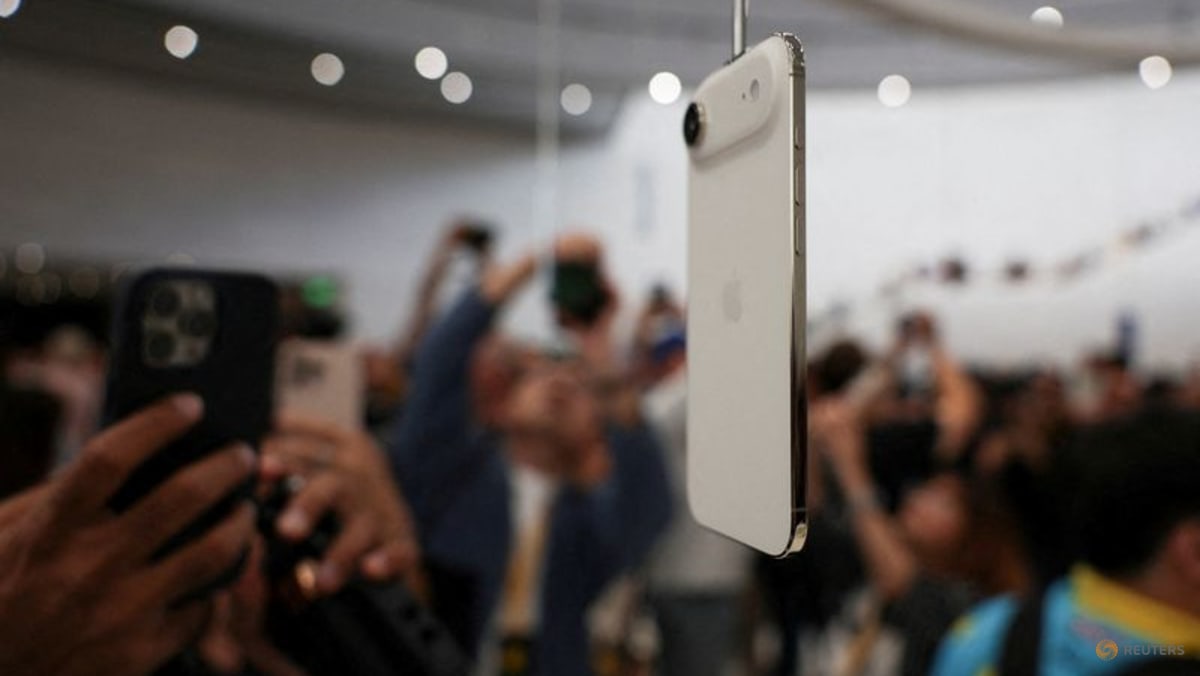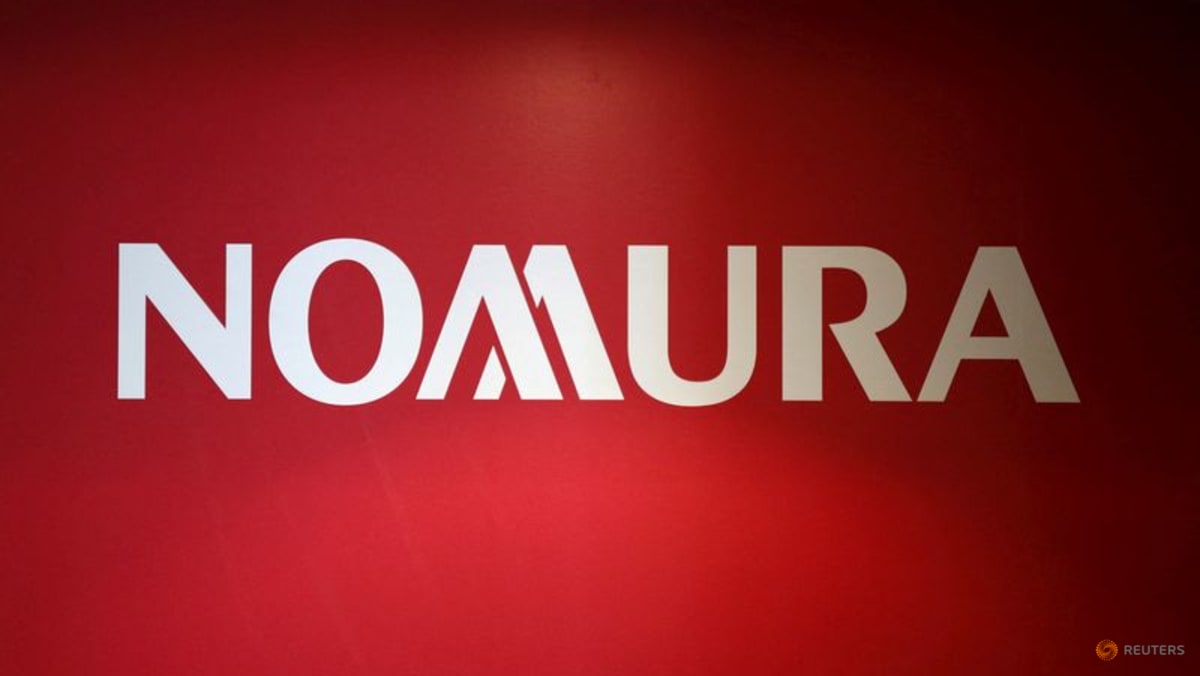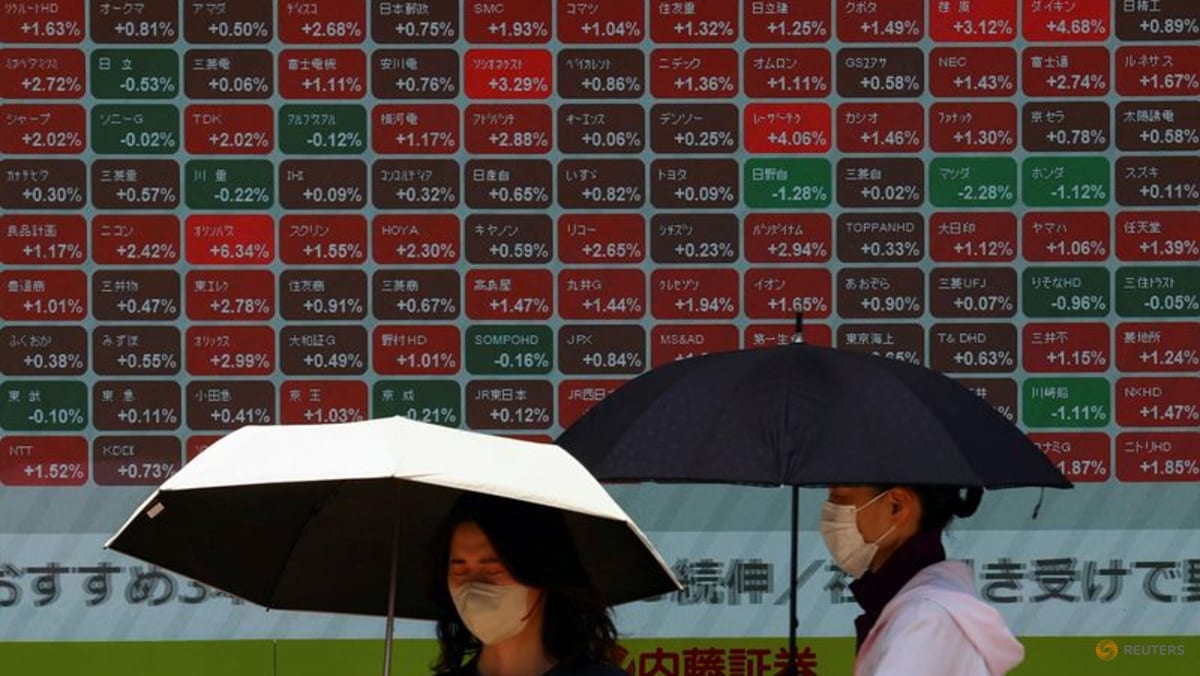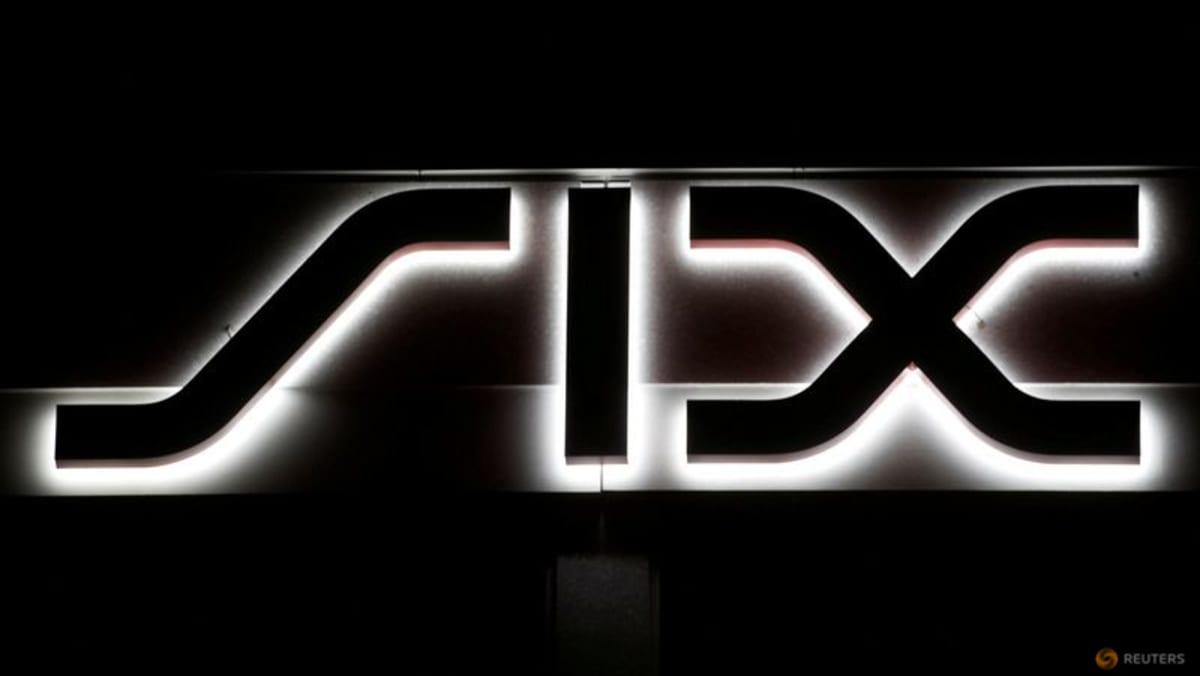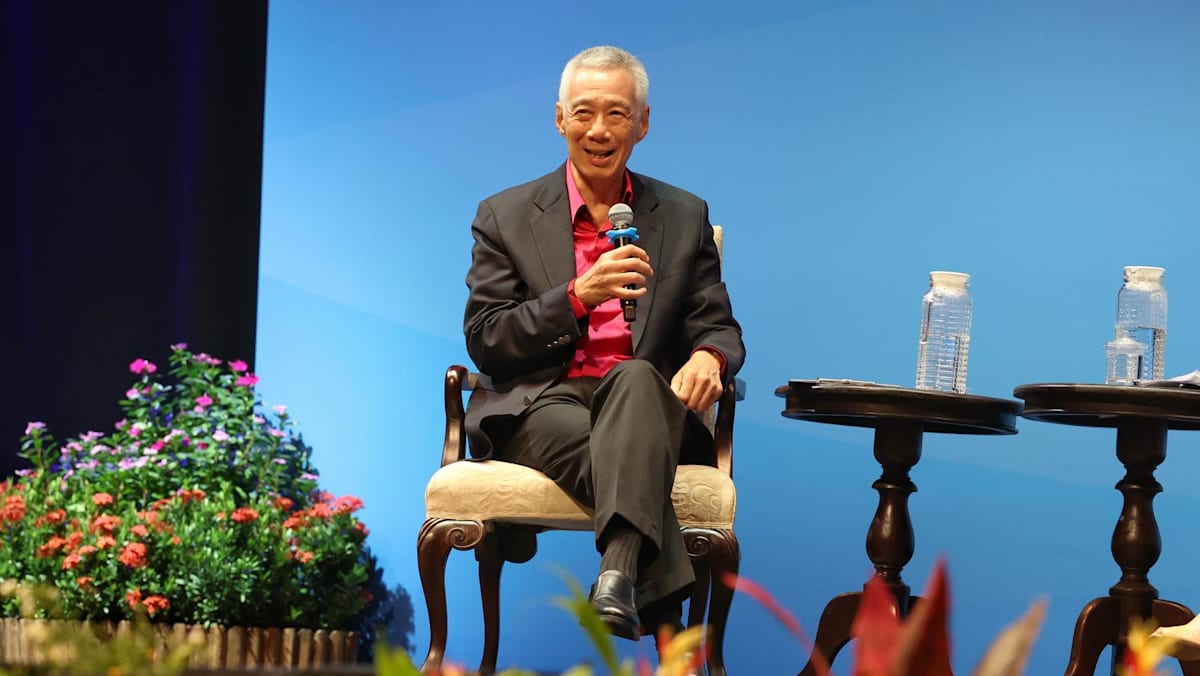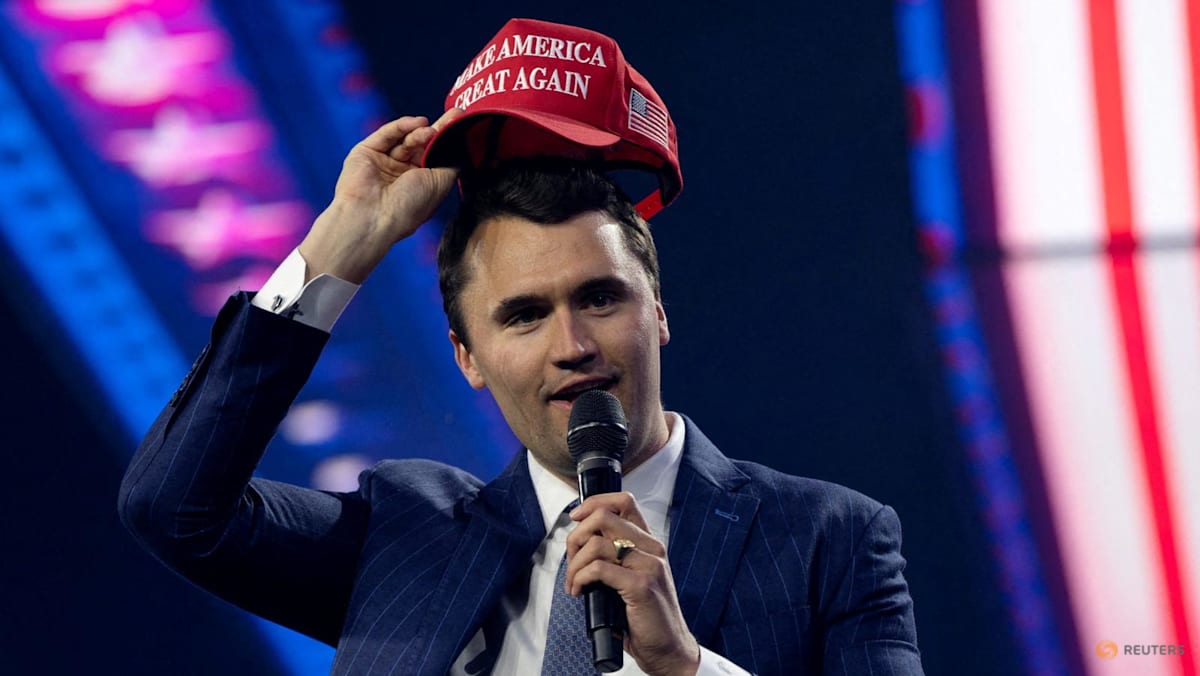NEW YORK: On Wednesday (Oct 29), just 112 days after becoming the first US$4 trillion company, Nvidia became the first US$5 trillion company.
It’s worth is more than 8 per cent of the S&P 500, but that’s just the start of it - the AI boost to the markets is built almost entirely off the back of use cases developed on Nvidia chips. The AI strategies of the biggest tech companies, like Microsoft, Meta, Amazon and others, rest on their ability to hurriedly acquire and deploy Nvidia’s hardware in their data centres. While some rivals are trying to develop their own alternatives, notes analyst group Wedbush, “there is only one chip in the world fuelling this AI Revolution … and it’s Nvidia.”
Nvidia CEO Jensen Huang, the man they call the Godfather of AI, has spent this week reassuring the world he is not creating a bubble. On his balance sheet, at least, the money is becoming very real: half a trillion dollars expected in revenue over the next five quarters from bookings for its latest chips.
“This is quite extraordinary,” Huang said of the moment as he sought to emphasise the diversity of businesses Nvidia is powering. These go well beyond the humble chatbot. Its presentations this week have spanned self-driving cars with Uber and Lucid Motors, AI-enhanced cybersecurity with CrowdStrike; pharmaceutical research with Eli Lilly, and an expansion into the nascent but promising realm of quantum computing.
FEW ARE FINDING REASON TO BE CAUTIOUS
The only blip along the way, if it could even be called that, were fears in September 2024 about the production delays of its latest chip, Blackwell, which triggered a sharp 13 per cent selloff. Then there was the worry that China’s DeepSeek would upend US tech sector spending on hardware. It didn’t, and those fears are long forgotten.
Huang says the company projects it will sell 20 million of its latest chips, more than five times the volume of the previous generation. This doesn’t take into account the possibility that talks on Thursday between President Donald Trump and President Xi Jinping of China might pave the way for Nvidia’s most sophisticated chips to be sold to China.
The country’s AI companies are eager for better hardware than what its homegrown chipmakers can offer. Current restrictions, which allow only for the sale of older generations of technology, represent the only meek regulatory constraint on Nvidia’s unstoppable rise.
Few are finding reason to be cautious. Concerns about circular financing, in which Nvidia invests in its own customers, do not appear to have altered investment theses. Nor has it dampened Nvidia’s appetite for a deal - the latest being a US$1 billion investment in Nokia, announced this week.
If Wall Street wanted to look for potential headwinds to Nvidia’s progress, they would start with its reliance on Taiwan - where most of the latest chips are produced - or in the lingering (though not yet pressing) risk that regulators scrutinise more closely the lock-in between Nvidia’s hardware and its proprietary software for AI development. The overly rash reaction to Blackwell production mishaps last year demonstrated how touchy investors are to any sign of turbulence in Nvidia’s supply chain and logistics.
RISKS AND DANGERS
More broadly, Nvidia needs the downstream rollout of AI - putting it in the hands of consumers and businesses - to start paying off, otherwise the wild capital expenditures might start getting pulled back. Nvidia is relying on others to actually reach the goal of human-level artificial intelligence that will, some say, make all the investment worthwhile.
There was a time when Nvidia was a company responsible for making video games look better. Those carefree days are over.
The market cap milestone is a moment for reflection on how one company came to redefine the meaning of “big” in Big Tech at this moment of seismic change.
Beyond being just a big number, what is truly unprecedented in the Nvidia story is how integral its success is to the entire global economy: an industrial revolution in which only one company is seen as capable of building the factories. What made Nvidia into a US$5 trillion company is also what makes it a potential US$5 trillion single point of failure.



